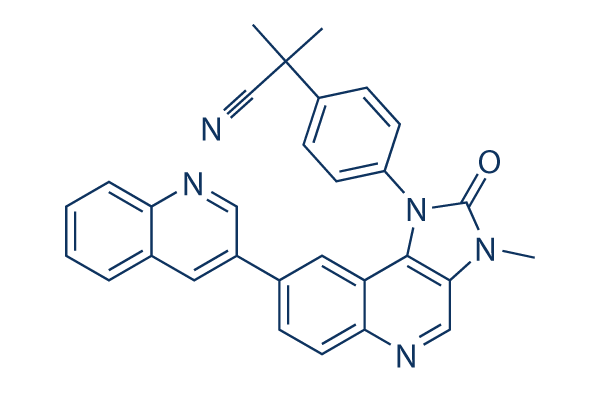All temporal expression profiles are shown in Extra file eight, and genes belonging to every single profile are tabulated in Addi tional file 4. Nine clusters of associated profiles contained drastically a lot more genes than anticipated by opportunity all through encystation and 5 similarly enriched clusters in the course of excystation. For the duration of encystation, profiles showing standard down regulation in excess of time have been signifi cantly enriched for proteins linked with translation and ribosome assembly Gene Ontology terms, though profiles displaying up regulation had been drastically enriched for nuclear proteins associated with nucleosome assembly. On the whole, the reverse trend was observed through excystation. The outcomes indicate a broad shift from lively vegetative development and protein produc tion to a quiescent form with packaged DNA in cysts.
No steady enrichment for GO terms was noticed for encystation profiles peaking at 8 h or 24 h. Together with the temporal expression profiles, signifi cantly differentially expressed genes 0. 01 have been identified from just about every pairwise com parison, working with Cuffdiff. Strikingly, the numbers of genes up and down regulated at different selleckchem time points varied enormously. In early encystation lots of genes had been up regulated when in comparison to trophozoites, but fewer genes have been down regulated. Later in encystation, this pattern reversed, with far more genes down regulated in 48 and 72 h cysts than up regulated, relative to trophozoites. All through excystation, transcription of several genes is reactivated, with one,025 genes currently being up regulated at two h and 1,032 genes up regulated at eight h and comparatively fewer genes down regulated.
Usually, trends in transcription through encystation are reversed during excystation. SCH 900776 price The transcriptional changes in the course of encystation propose a developmental pro gram activated in early cysts which is later turned off, and down regulation of genes associated with basic metabolic processes as cysts mature, transcription of those genes then resumes in the course of excystation. General, around half of all E. invadens genes have been drastically differentially expressed at a minimum of a single time level. This scale of alter from the transcriptome is reported in Plasmodium and Leishmania improvement, however it sharply contrasts with findings in Giardia lamblia,  where an extremely limited set of genes showed altered expression throughout encystation. These distinctions may well indicate variances during the degree to which gene expression on the degree of transcription or RNA stability regulates biological processes in these organisms. RNA Seq effects were confirmed for selected genes by Northern blot analysis of RNA isolated from trophozoites, 24 h encysting parasites, 72 h cysts and 8 h excysting para internet sites.
where an extremely limited set of genes showed altered expression throughout encystation. These distinctions may well indicate variances during the degree to which gene expression on the degree of transcription or RNA stability regulates biological processes in these organisms. RNA Seq effects were confirmed for selected genes by Northern blot analysis of RNA isolated from trophozoites, 24 h encysting parasites, 72 h cysts and 8 h excysting para internet sites.
Natural Product
A natural product is a chemical compound or substance produced
